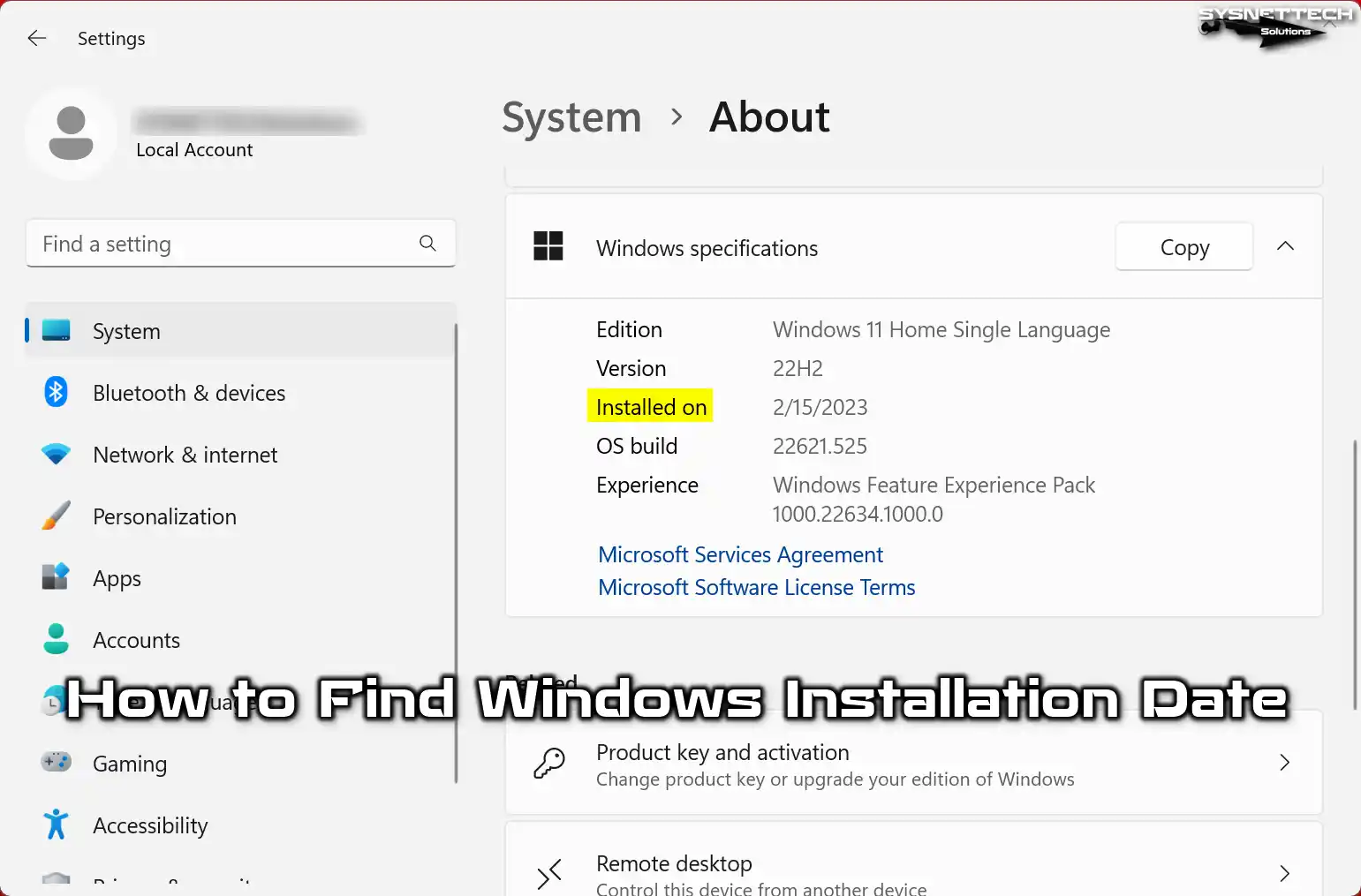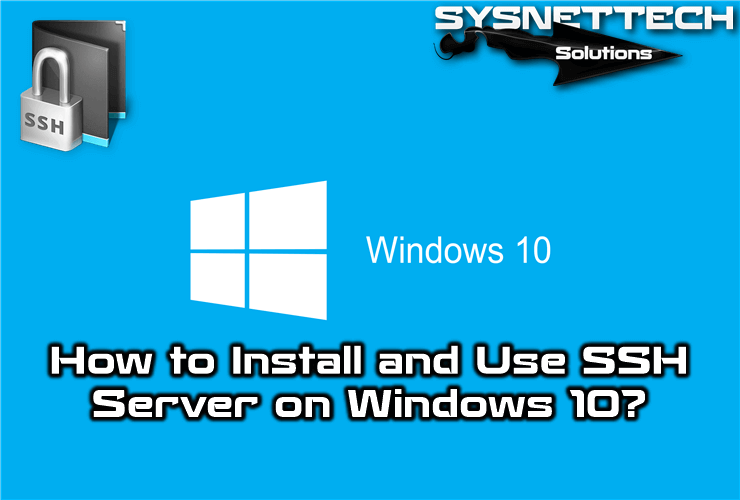Windows ME (Millennium Edition) is a 16-bit/32-bit hybrid graphics operating system released on September 14, 2000, and designed by Microsoft Corporation for the majority market for PC users.

Microsoft Windows Millennium Operating System
After the maturity that Windows 95 and Windows 98 have already reached, Windows Me presents itself as an essential evolution.
History
In 2000, Microsoft released Windows Millennium Edition, which updates the Windows 98 kernel but adopts some aspects of Windows 2000 and eliminates the “start in DOS mode” option.
It also adds a new feature called System Restore, which allows the user to save and restore computer settings earlier.
It was a quick annual project to fill the gap between Windows ME, Windows 98, and the new Windows XP, and this was noticed in the minor stability of this version.
Theoretically, Windows 2000 would be a merger between two Windows families, work and home, but this little progress was initiated due to delays.
In this version, system startup was accelerated, and it was no longer officially possible to distinguish between MS-DOS and graphics.
This version did not come with a 16-bit processing unit and focused only on compatibility with the new 32-bit hardware.
As a result, if it was installed on an old computer, the configuration of 16-bit hardware worked correctly only with new computers that were installed, as the configuration was more complex or did not work at all.
It should be noted that this operating system is not very popular due to constant errors and many disadvantages (errors).
These disadvantages meant that their users quickly returned to Windows 98 use or jumped to Windows 2000, except in rare cases.
System Requirements
The minimum system requirements for the Millennium version are 150 MHz Pentium or a compatible processor, 320 MB of free hard disk space, and at least 32 MB of RAM.
The recommended system requirements are a Pentium II 300 MHz with at least 96 MB of RAM. However, the Windows ME installation has the undocumented “/nm” parameter, which instructs the installer to ignore system requirements.
Architecture
Supports devices compatible with the Human Interface Device (HID) firmware specification in this distribution, such as Windows 2000.
HID is the new standard for input devices such as keyboards, mice, pointing devices, joysticks, gamepads, and other gaming devices.
According to the company itself, this system is designed to improve the multimedia experience for all users, as well as the home network, multimedia, audio CDs, digital video, and Internet connection.
Although the new system shares some features with the Windows 2000 environment, it is not based on Windows NT code.
Among other things, this means that Windows ME will not support a multiprocessor architecture or robust memory architecture that makes NT and 2000 more resistant to the terrible “hangers” of 9x versions.
In absolute mode, compatibility with DOS applications has been reduced, so it is not possible to start from DOS with this new system.
Windows ME Updated Features
System Restore
It is a monitoring or reversing system created to simplify troubleshooting and repair.
It is intended to work as a security network, so if the installation of an incompatible program or driver affects the stability of the system, the user can undo the installation and return the system to its previous state.
This is done by tracking changes in system files and the Windows registry.
If you choose to create a system checkpoint, you can disrupt the balance and allow you to restore a virus that the user previously removed, as the tracking method tracks the changes made.
System File Protection
It was first introduced in Windows 2000 and expanded the capabilities offered with System File Checker in Windows 98.
System File Protection is designed to protect system files from modification and damage to the user quietly and transparently.
If a system file is changed unsafely while file protection is running, Windows ME will restore the original copy immediately and silently.
If this copy is not found by any of the options searched by Windows by default, it is taken from a dedicated folder on the hard disk or directly from the installation CD.
If the drive does not have such a CD, a dialog alerts the user and asks for the CD to be inserted. The same procedures occur if a file is deleted from the system. System File Protection is a technology different from System Restore and should not be confused with it.
System Restore provides a comprehensive file system that contains batch uses and user configuration data that are stored consecutively at specific points created by the user. At the same time, Windows File Protection protects the operating system files without user action.
New TCP/IP Options
Windows ME includes improvements to the imported Windows 2000 architecture and network configurations and a new implementation of the TCP/IP stack that provides more reliable and, above all, more stable operation.
Universal Plug and Play Support
Windows ME is the first Microsoft MS-DOS-based core operating system to offer Universal Plug and Play support.
Windows Image Acquisition
Windows ME also introduced the image processing Windows API, providing a standard and formally supported method to enable the operating system to communicate with image capture devices such as digital cameras and scanners more straightforwardly and transparently.
Before using Windows Me and WIA, third-party standardized solutions were often standard and caused incompatibility issues.
Automatic Updates
It allows you to download new critical patches and updates for Windows with minimal user interaction. By default, it is helpful to set the updates every 24 hours.
Priority updates need to be downloaded and installed immediately, but users can choose to download updates at any time and day.
Compressed Folders
Windows ME includes a compressed folder and folder encryption called a compression utility.
With this feature, the user can create and access ZIP files. The user can also restrict access to files by password using compressed folders.
This utility is not installed by default but can be added manually by going to Add or Remove Programs in the Control Panel.
Games
Windows ME includes new games on the internet, such as backgammon, checkers, reversi, spades, spider solitaire, and pinball.
Screen Keyboard
It allows character input using the mouse instead of the keyboard initially introduced with Windows 2000. This feature is useful for computers that use pens as the primary pointing device.
New Interface for Help and Technical Support Pages
It replaced Windows Help in Windows 2000 and 98. The Help Center relies on and takes advantage of a technology called the Help Automation Framework (SAF).



